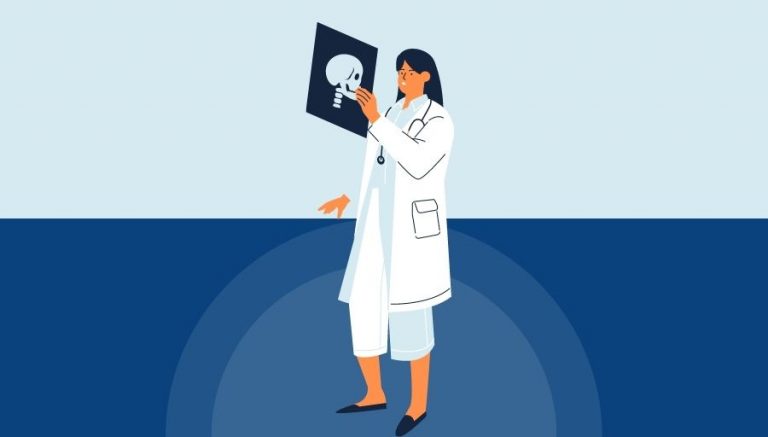ICD 10 CM S62.001 | Description & Clinical Information
ICD 10 S62.001 describes a type of fracture that occurs in the scaphoid bone, also known as the navicular bone, located on the thumb side of the right wrist, resulting from trauma caused by various factors such as a fall on an outstretched hand, impact to the fist, a sudden or direct blow to the wrist, a motor vehicle accident, or sports activities, where the provider does not specify the exact location of the fracture.
Official Description Of S62.001
The ICD 10 CM book defines ICD 10 code S62.001 as:
Excludes1: traumatic amputation of wrist and hand (S68.-)
Excludes2: fracture of distal parts of ulna and radius (S52.-)
When To Use S62.001
The diagnosis describes by the ICD 10 CM S62.001 code is an unspecified fracture of the right scaphoid bone, which can result in severe pain and bruising in the wrist area, specifically in the anatomical snuffbox region. This kind of injury can produce swelling, muscle weakness, stiffness, tenderness, and deformity. It can also restrict the range of motion of the wrist, fingers, and thumb or even lead to numbness and tingling sensation due to possible nerve damage.
To diagnose this condition, healthcare providers rely on several techniques, including physical examination and imaging tests, such as X-rays, computed tomography or CT scans, and bone scans. These tests help assess the severity of the fracture and any potential damages to surrounding tissues.
The treatment for an unspecified fracture of the right scaphoid bone varies depending on the severity of the injury. Stable and closed fractures may not require surgery, while unstable fractures will usually require fixation, and open fractures require immediate surgery to close the wound properly. Other treatment options may include the application of an ice pack, a splint, or a cast to restrict limb movement, exercises to improve flexibility, strength, and range of motion of the arm, and medications such as analgesics and nonsteroidal anti-inflammatory drugs for pain relief.
It’s essential to note that this type of injury can be painful and take a long time to heal fully. Individuals with this diagnosis need to take good care of themselves and follow their doctor’s advice to ensure that they heal correctly.
The recovery process is typically slow but steady, and it’s essential to follow up with healthcare providers regularly. During this period, patients may need physical therapy to help with joint mobility and strength, and regular check-ups to monitor the healing process and assess for any possible complications.
It’s crucial to take preventative measures to avoid fractures in the scaphoid bone. Activities with a high risk of injury, such as contact sports or high-impact jobs, should be avoided or done with extra caution. Protective gear and equipment should also be worn when necessary.
In conclusion, the ICD 10 CM S62.001 diagnosis code describes an unspecified fracture of the right scaphoid bone, a type of injury that can cause severe pain and restrict wrist and hand movement. A proper diagnosis and treatment plan that may include casting, surgery, or medication can help reduce pain and promote healing. During the recovery period, following proper care plans and routine check-ups are critical. Taking preventative measures to avoid fractures is essential for those with activities with a high risk of injury.



